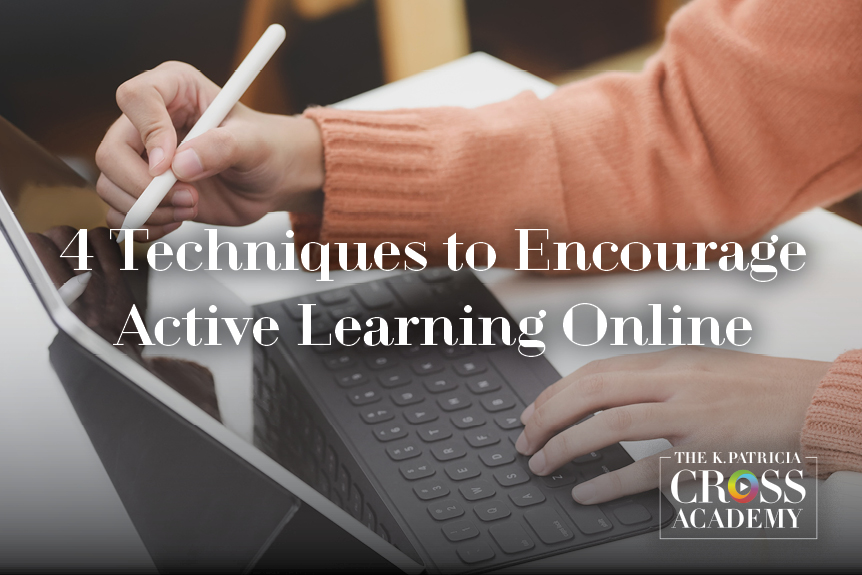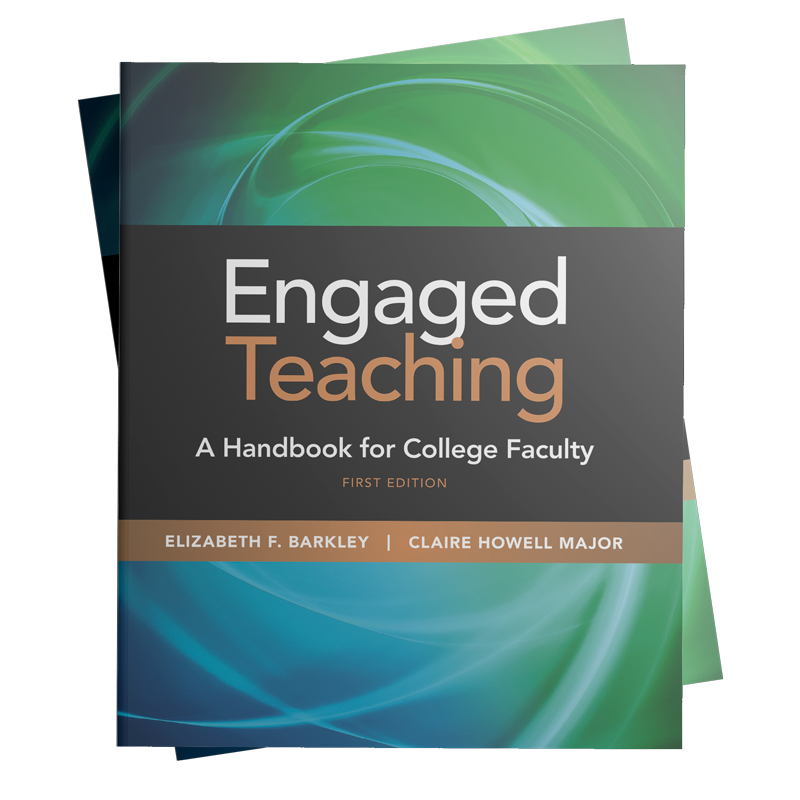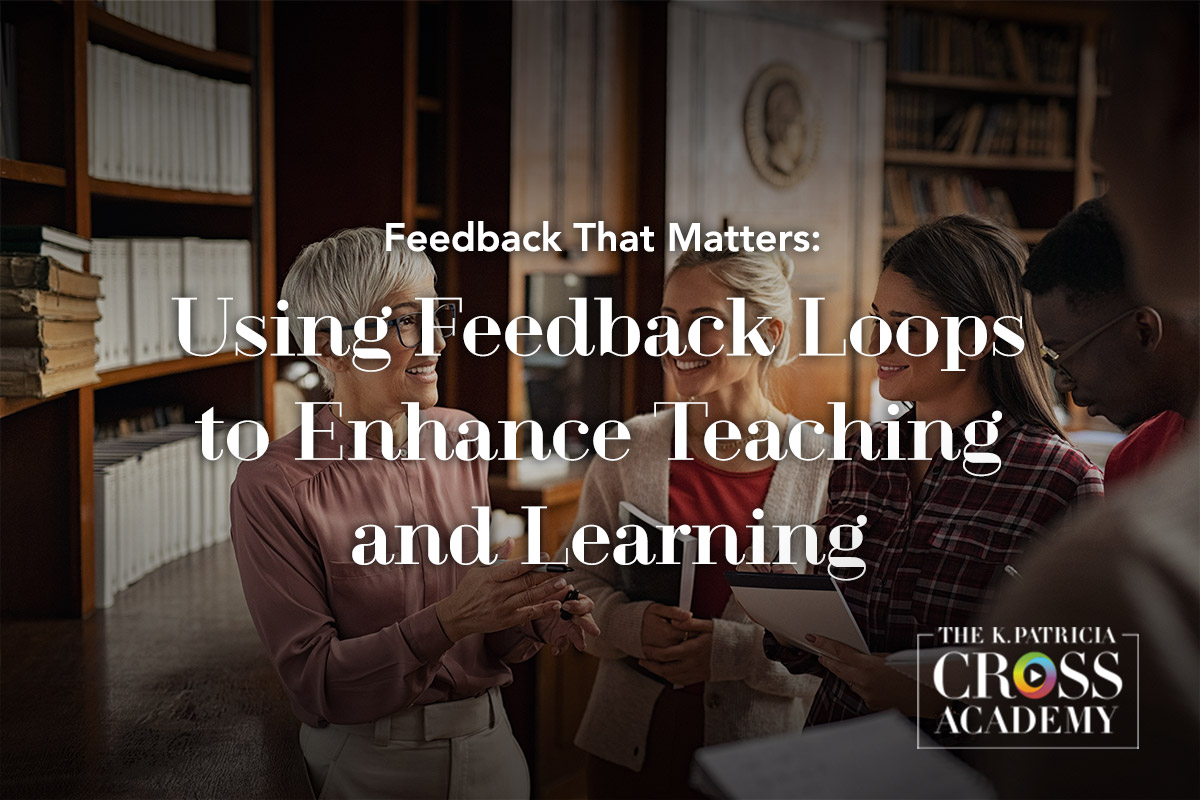
Active learning has come of age in higher education, with many educators adopting this method of teaching in their courses and with many studies documenting its effectiveness as an instructional approach. But what is active learning anyway? And given the fact that so many of us are teaching online, what does it look like in an online course?
Descriptions of active learning in general are broad and imprecise. Several commonly cited definitions of active learning are as follows:
- Anything that involves students in doing things and thinking about the things they are doing (Bonwell & Eison, 1991).
- A process whereby students engage in activities, such as reading, writing, discussion, or problem solving that promote analysis, synthesis, and evaluation of class content (University of Michigan, Center for Research on Teaching and Learning, 2016)
- A process of learning through activities and/or discussion in class, as opposed to passively listening to an expert. It emphasizes higher-order thinking and often involves group work (Freeman, et al., 2014).
We have argued for a broader understanding of active learning than simply associating the term with an instructional approach, activity, or technique in several books in the College Teaching Techniques series. In so doing, we suggested that active learning involves making students dynamic participants in their own learning in ways that require them to integrate new information into their personal knowledge and experience. We suspect that what promotes active learning is different for different learners, but in general, we suggest that students are active learners when they are engaged in their learning in one or more of the following ways.
Students are active learners when they:
- Use sophisticated learning strategies
- Seek deep, conceptual understanding rather than surface knowledge
- Use learning strategies with personal relevance
- Use self-regulatory and metacognitive strategies
- Seek to share personal perspectives
- Seek to understand others’ perspectives
- Demonstrate curiosity, interest, and enthusiasm
- Offer input or suggestions
- Seek out additional and further opportunities for learning

Although active learning can happen anywhere and at any time, we propose that when identifying an approach to promote active learning in a college course, teachers should consider two components: a learning task and a goal for the level of activity involved.
By learning task, we mean an academic activity that an instructor has intentionally designed for students to do to help them meet important learning outcomes. We believe that the task can include listening to a lecture; after all, there is a body of work on active listening. The challenge is to make sure that students are using those higher-level listening skills, rather than just hearing the facts. That brings us to our second construct, level of activity, by which we mean students’ mental investment and the strategies they use to reflect on and monitor the processes and the results of their learning.
Level of activity is a discrete component because one type of learning task does not necessarily demand more mental investment than another; rather, each type of learning task can require more or less mental activity depending on the individual learner as well as the content and design of the specific task. For example, although some educators argue that students who are listening to a lecture are necessarily learning more passively than those who are solving problems, consider the following problem: X + 3 = 5. Most college students can solve this problem without too much mental activity.
We offer our own conception of the active learning continuum for several key learning tasks in the following Table:

Viewed in this way, the term active learning can and should include the learning that can occur when students are listening to a lecture. If students learn something during a lecture, they have been mentally active, whether through listening, remembering, questioning, contemplating, or other. They likely have also been involved in activities such as note-taking, and in our model of interactive lectures, they will participate in additional activities, such as discussing and problem-solving. The challenge, then, is to help students move from level 1 (low) to level 3 (high) on the continuum in terms of their mental activity, whatever the learning task happens to be.
So what does this look like online? We suggest that the mechanism itself is much the same as it is onsite. Faculty should choose the task, select a technique that helps students achieve the learning goal with a high level of mental activity (which you can do by sorting our videos by activity type.)
To get started, consider the following active learning techniques:
Active Reading Documents
Carefully prepared forms that guide students through the process of critical and careful reading.
View main video here: View Technique →
View online adaptation here:
Online Resource Scavenger Hunt
Students use the internet to engage in fact-finding and information processing exercises using instructor-specified library and Internet sources.
View main video here: View Technique →
View online adaptation here:
Quick Write
Quick Write is a learning assessment technique where learners respond to an open-ended prompt.
View main video here: View Technique →
View online adaptation here:
Case Studies
In Case Studies student teams review a real-life problem scenario in depth. Team members apply course concepts to identify and evaluate alternative approaches to solving the problem.
View main video here: View Technique →
View online adaptation here:
Thus, we encourage faculty who are new to teaching online to put pedagogy first and to be very intentional in their efforts to promote active learning. That is, consider what the learning goal is, what the learning task is, and what technique you can use to accomplish it. After you make these determinations, next you can consider what tool can facilitate your teaching and promote active learning most effectively.
To sign up for our newsletter, where you will receive information about new blog posts, email us.
Reference
Barkley, E. F., & Major, C. H. (2018). Interactive lecturing: A handbook for college faculty. San Francisco: Jossey Bass/Wiley.
Suggested Citation
Barkley, E. F., & Major, C. H. (n.d.). 4 techniques to encourage active learning online. CrossCurrents. https://kpcrossacademy.ua.edu/active-learning-online/

Engaged Teaching
A Handbook for College Faculty
Available now, Engaged Teaching: A Handbook for College Faculty provides college faculty with a dynamic model of what it means to be an engaged teacher and offers practical strategies and techniques for putting the model into practice.





